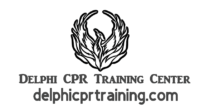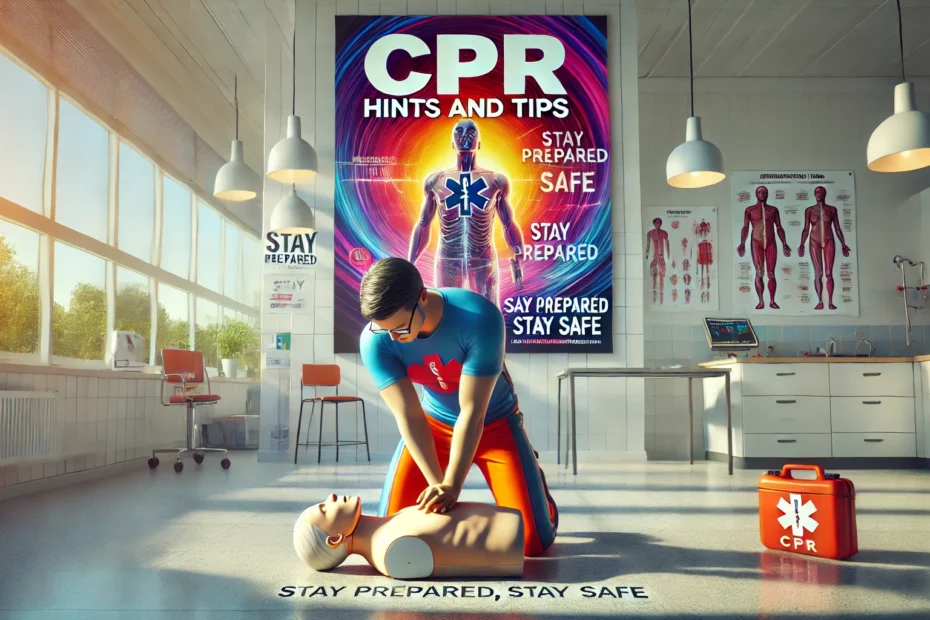Cardiac emergencies can happen suddenly and without warning. When someone’s heart stops beating, immediate action is critical, and learning how to perform CPR (Cardiopulmonary Resuscitation) could make all the difference. CPR is a simple, life-saving technique that helps keep blood and oxygen flowing to the brain and vital organs until professional help arrives. In this guide, we’ll walk you through the step-by-step process of performing CPR on adults.
Step 1: Assess the Situation
Before you begin CPR, quickly evaluate the scene. Make sure it is safe for you to approach the person. Look for potential dangers like traffic, fire, or other hazards. Once you’ve determined that it’s safe, approach the individual and check for responsiveness.
- Tap and Shout: Gently tap the person’s shoulder and ask loudly, “Are you okay?”
- Look for Breathing: Check if the person is breathing normally. Gasping or irregular breathing could be a sign of cardiac arrest.
- Call for Help: If there is no response and the person is not breathing or only gasping, immediately call 911 or ask someone nearby to do so.
Step 2: Begin Chest Compressions
Chest compressions are the most crucial part of CPR because they help pump blood to the heart and brain.
- Kneel Beside the Person: Position yourself by the person’s chest.
- Place Your Hands: Place the heel of one hand in the center of the person’s chest, on the lower half of the breastbone. Place your other hand on top of the first.
- Position Your Body: Lock your elbows and position your shoulders directly over your hands to use your body weight when compressing.
- Start Compressions: Push hard and fast, pressing down at least 2 inches into the chest at a rate of 100-120 compressions per minute. Allow the chest to rise fully between compressions.
A good rule of thumb is to follow the rhythm of the song “Stayin’ Alive” by the Bee Gees, which has the correct tempo for CPR compressions.
Step 3: Open the Airway
After performing 30 compressions, you’ll need to open the person’s airway to deliver rescue breaths (if you’re trained in full CPR). To do this:
- Tilt the Head Back: Gently tilt the person’s head back by lifting their chin with one hand while pushing down on their forehead with the other.
- Check for Blockages: Quickly check to see if the airway is clear, and remove any visible obstructions (such as food or an object).
Step 4: Deliver Rescue Breaths (Optional)
Rescue breaths are recommended if you’ve been trained in providing full CPR. If you haven’t, you can continue with hands-only CPR by focusing on chest compressions.
- Pinch the Nose: Pinch the person’s nose shut.
- Give Two Breaths: Cover their mouth with yours and give two slow breaths, each lasting about one second. Make sure their chest rises with each breath.
- Return to Compressions: Immediately begin another cycle of 30 chest compressions after delivering the breaths.
Step 5: Continue CPR Until Help Arrives
Keep performing CPR—30 compressions followed by two breaths—until one of the following occurs:
- Emergency medical help arrives: Once professional rescuers take over, you can stop CPR.
- The person begins to move or breathe: If they regain consciousness or show signs of life, stop CPR but continue to monitor them until help arrives.
- You are too exhausted to continue: If you are unable to continue due to fatigue, try to get someone else to assist you, if possible.
Step 6: Use an AED if Available
If an Automated External Defibrillator (AED) is available, retrieve it and use it as soon as possible. The AED will guide you through the process of delivering a shock to help restart the person’s heart.
- Turn on the AED: Open the AED and follow the audio instructions.
- Place the Pads: Attach the adhesive pads to the person’s bare chest as instructed.
- Follow Prompts: The AED will analyze the heart rhythm and instruct you to deliver a shock if needed. Continue CPR immediately after the shock and follow the AED’s prompts until help arrives.
Conclusion: Be Prepared to Save a Life
Learning how to perform CPR is an essential skill that can help you save lives in an emergency. With just a few simple steps, you can be ready to take action and assist someone in their time of greatest need.
If you’re interested in becoming CPR certified or want more information about CPR training, visit Delphi CPR Training Center. Their courses will equip you with the skills and confidence to perform CPR effectively in any situation.


